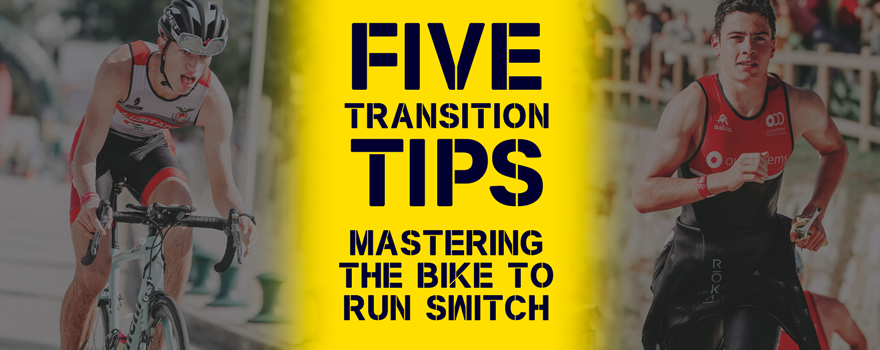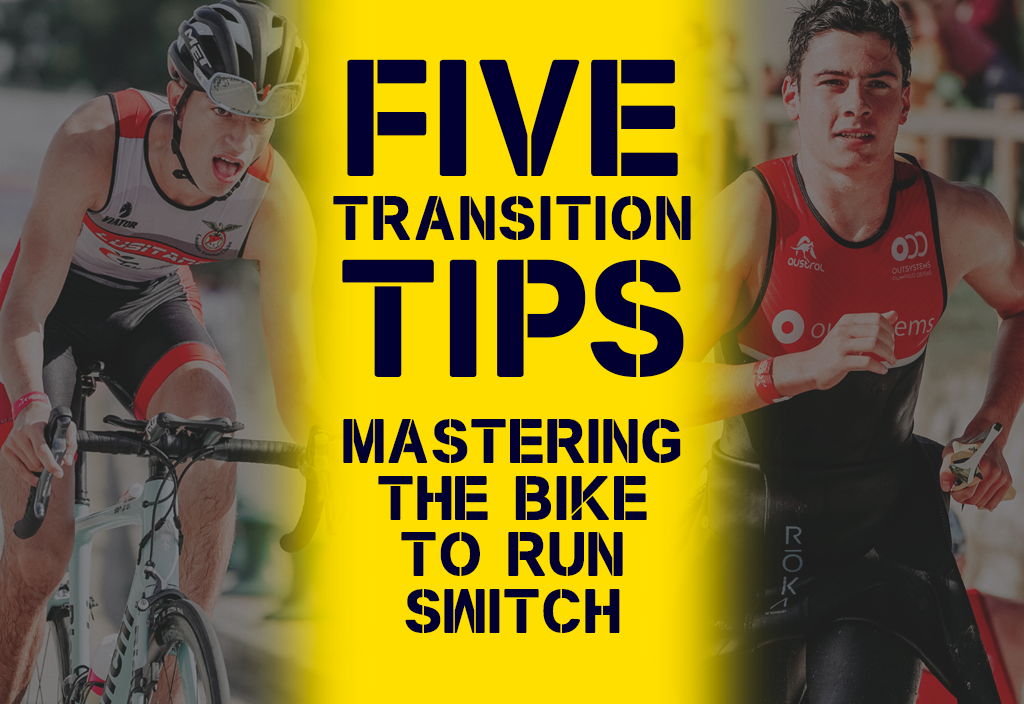
Multisport events require athletes to seamlessly transition between disciplines, and one of the most critical transitions is from the bike to the run. Mastering this transition can greatly impact your overall race performance. In this blog post, we will explore valuable tips and techniques to help you conquer the bike-to-run switch and enhance your multisport experience.
- Understanding the Significance of Transitions: Transitions are the moments where races can be won or lost. Efficiently transitioning from the bike to the run can give you a competitive edge. The bike-to-run switch involves unique challenges and adjustments that require specific attention.
- Minimising the “Jelly Leg” Effect: One common challenge in the bike-to-run transition is dealing with the “jelly leg” effect. This phenomenon occurs when your legs feel shaky and unsteady as you transition from the cycling motion to running. Techniques such as practicing brick workouts and gradually increasing the intensity of your training can help minimize this effect.
- Efficient Bike Dismounts and Mounting: Smoothly dismounting your bike and quickly transitioning to the run is essential. Practice dismounting techniques, including unclipping from your pedals and executing controlled stops. Similarly, work on mounting the bike swiftly and efficiently, maintaining your momentum.
- Organizing the Transition Area: An organized transition area can save you valuable time and reduce stress during the race. Arrange your equipment in a logical order, such as laying out your running shoes, socks, and race number in a sequence that allows for a smooth transition. Practice setting up and organising your transition area to streamline the process on race day.
- Practicing Transitions in Training: Integrate transition practice into your training sessions. Set aside time to simulate the bike-to-run transition, focusing on quick changes and minimising wasted time. By rehearsing transitions, you’ll develop muscle memory and increase your confidence during races.
- Mental Preparation and Focus: Transition areas can be chaotic with numerous athletes rushing around. Mental preparation is crucial to staying focused and calm. Develop a mental checklist to follow during transitions, ensuring you don’t overlook any crucial steps. Visualize smooth and efficient transitions during your training sessions to build mental resilience.
- Improving Transition Times: Transition times can significantly impact your overall race performance. Look for areas to streamline your processes, such as pre-tying your shoelaces, using elastic laces for quick shoe changes, or practicing quick clothing changes. Every second saved in transition adds up.
- Insights from Experienced Athletes: Learn from experienced athletes who have mastered the bike-to-run transition. Seek advice from coaches, join multisport communities, and read success stories from seasoned athletes. Their insights and tips can provide valuable guidance for optimizing your transitions.
Mastering the bike-to-run switch is an essential skill for multisport athletes. By understanding the challenges, practicing techniques, and maintaining focus, you can improve your transition times and enhance your overall race performance. Remember, transitions are not only about saving time but also about maintaining momentum and mental clarity. With dedication and practice, you’ll become adept at transitioning smoothly and confidently, setting yourself up for success in multisport events.
We hope this blog post has provided you with valuable insights and strategies for mastering the bike-to-run transition. Happy training and successful racing!

